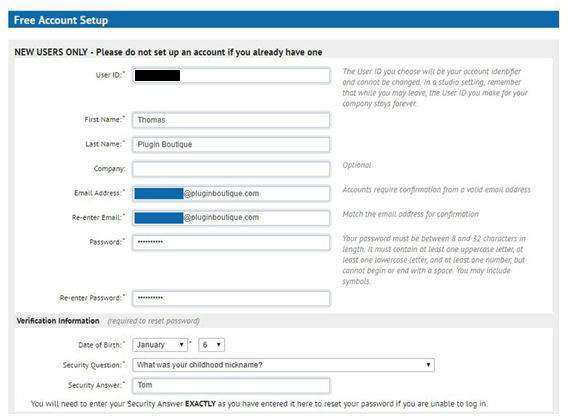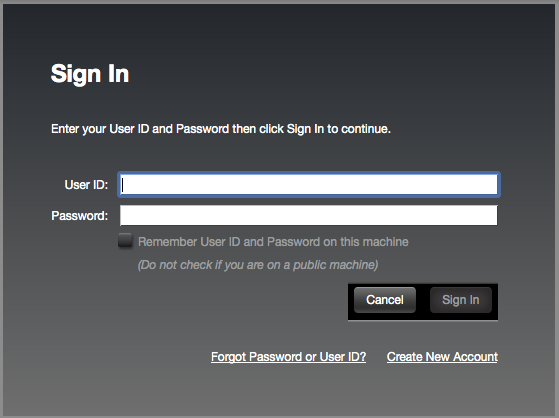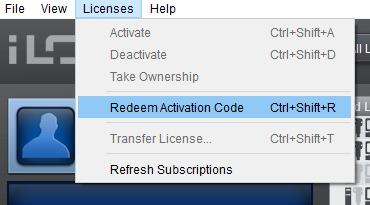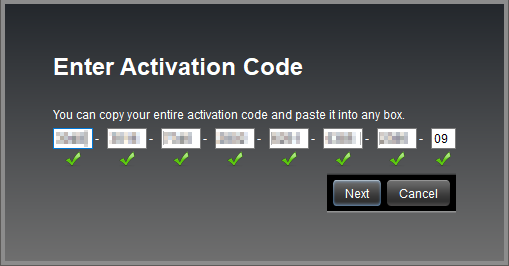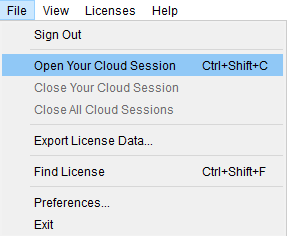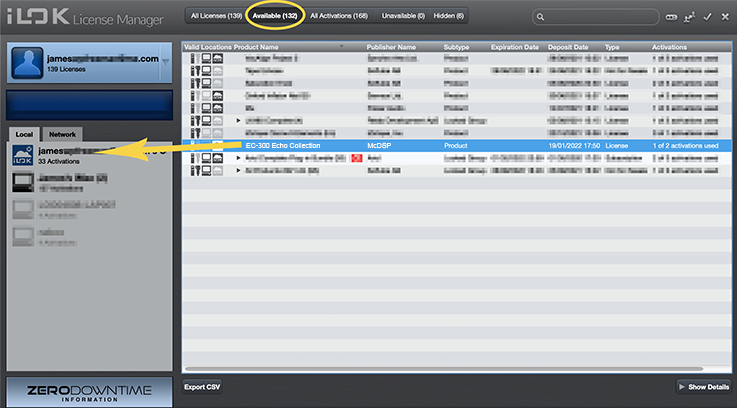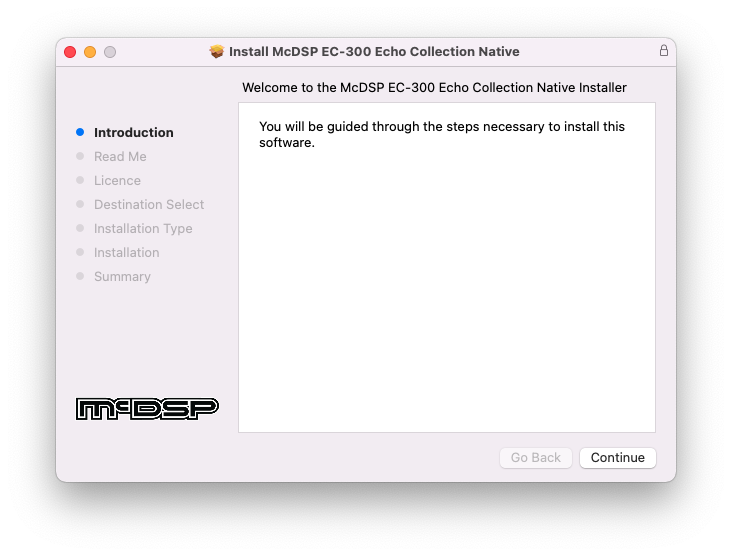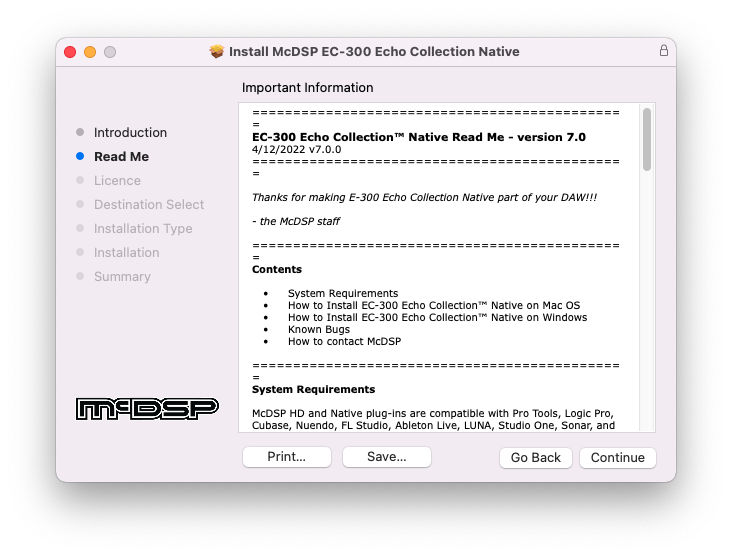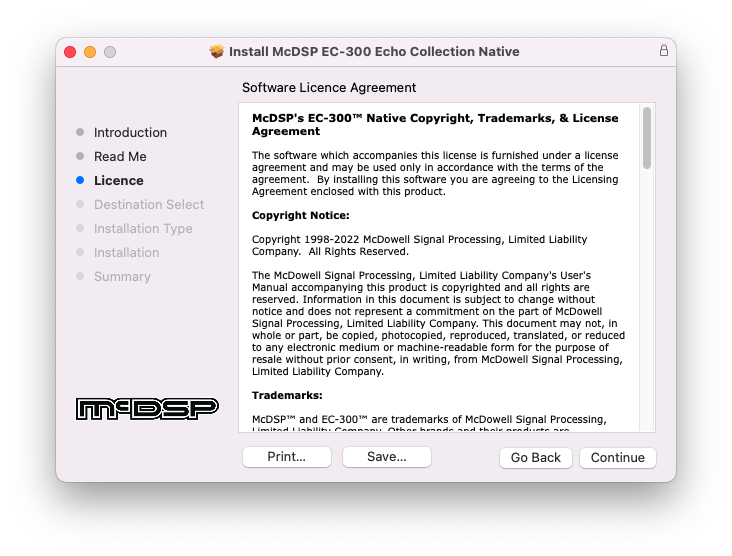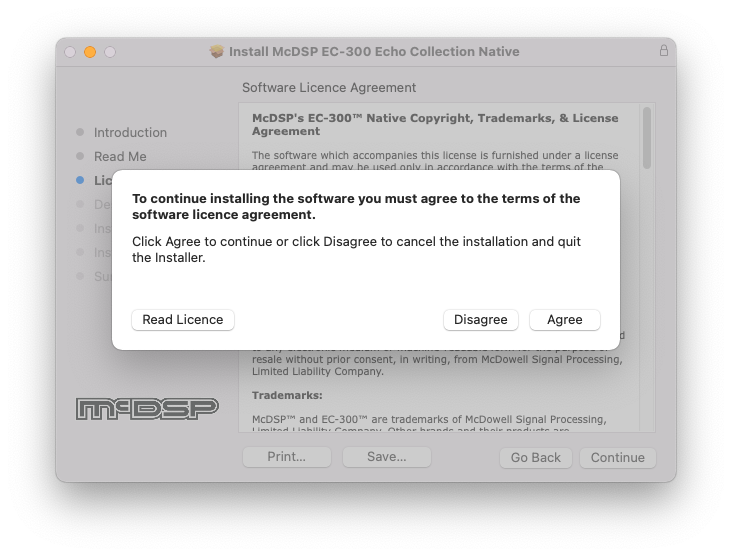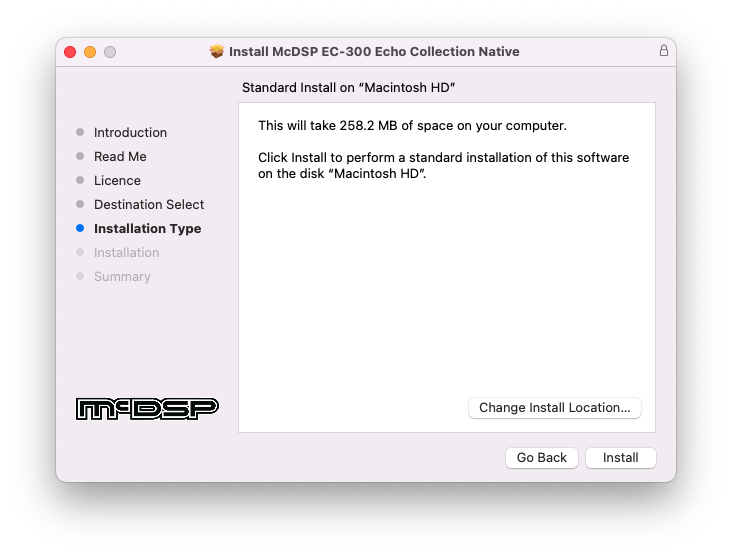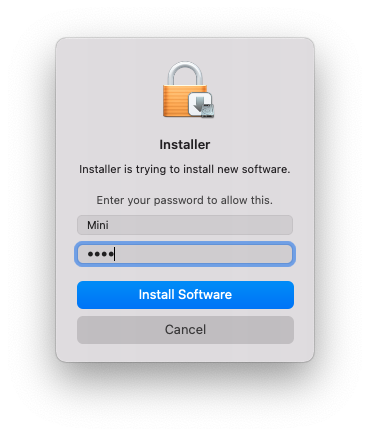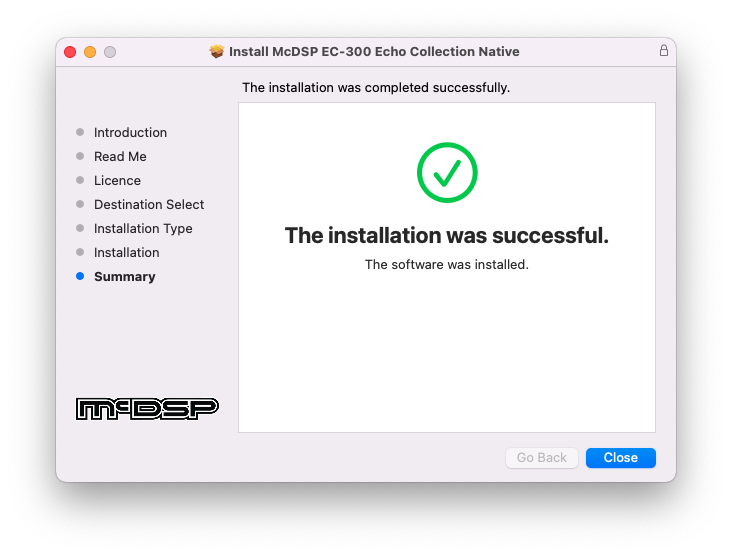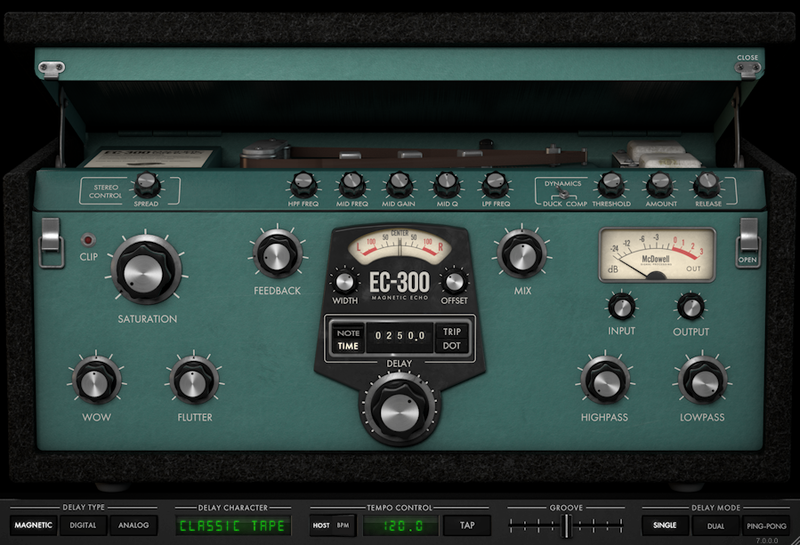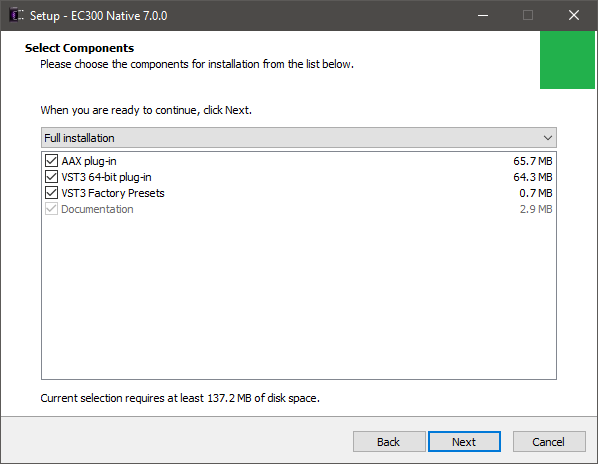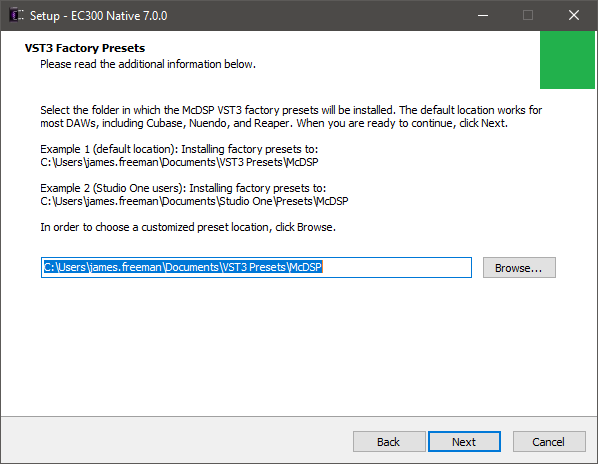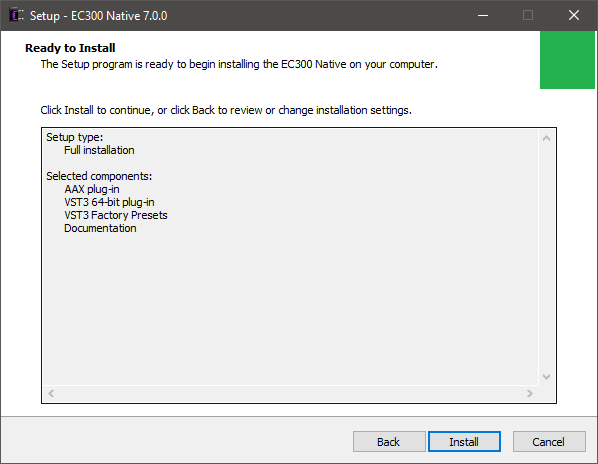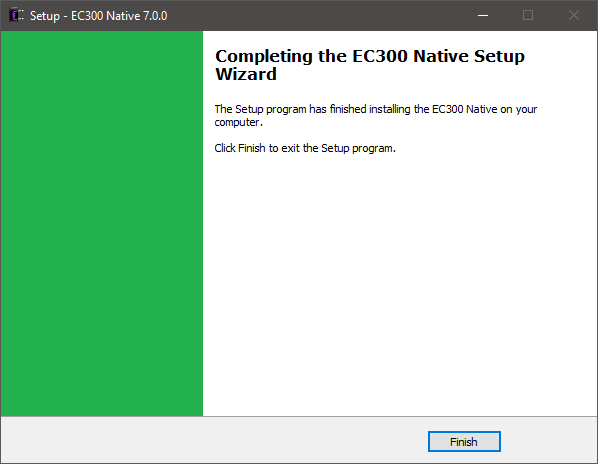Buy 6060 Ultimate Module Collection HD v7, get a free gift with purchase:
Note: This product is the HD version for AAX DSP users. The Native version is also available.
The 6060 Ultimate Module Collection contains the largest collection of processing options of any module-based plug-in available. The 6060 includes over 30 unique modules for EQ, compression, saturation, distortion, specialized filtering, dynamic range expansion, gating, and more. Custom modules include bass optimized biasing for the larger than life low end, transformer-based tone shaping circuits for high end shine, tape simulation, de-essing and new EQ and compression designs. Additional modules are already in the works.
The 6060 allows up to six modules to be operated at once. Modules can be arranged in any order and swapped on the fly using the module selector panel, or from the popup menu in each module. Any combination of modules can even be split into two separate signal paths for some serious parallel processing.
The 6060 also includes updated compression algorithms not available in the 6050 Ultimate Channel Strip or the original 6030 Ultimate Compressor. Improvements include feedback and feedforward processing, and the rare option of negative compression on a few select modules.
The 6060 is indeed, the ultimate module collection.
Features
- Optimization for Apple Silicon and Latest Intel Processors
- Two activations per license / subscription
- High definition updated user interfaces
- New presets
- Zero Latency Algorithms
- Double Precision Processing
- Largest collection of processing options of any module-based plug-in
- Easy drag and drop, on the fly module auditioning
- Split Mode operation for two separate parallel signal paths
- Analog Saturation modeling
- Double precision processing
- Ultra low latency
- Mono and stereo versions
Modules
BC23
- Based on a more ‘traditional’ English design, the British C-23 (BC-23 for short) module offers control for threshold, ratio, attack, and recovery. Internal circuit smarts help prevent unwanted distortion, even at extreme compression settings (low threshold, fast attack and release). As found in several of the compression modules in the 6060, there is also a feedback compression mode.
BOB
- The Bass Optimized Bias module is designed for making low rumble really rumble. Over 24 dB of low end boost is available at the selected frequency. Signal levels below the selected frequency are actually reduced, so that the boosted low end is better focused. A Squash control can provide some frequency selective compression near the boosted low end frequency, at a selectable recovery rate. Two bias modes offer additional tone flexibility.
British-E
- McDSP’s own FilterBank plug-in, originally released in 1998, harnessed the fundamental design characteristics of the Neve line of equalizers, most notably the 1069, 1073 and 1081, with its unique Peak, Slope, and Dip controls. The British E module uses this same FilterBank technology to create an amalgamation of great Neve equalizers. The classic hpf, low shelf, parametric, high shelf combination makes the British E module useful for most mixing situations.
C671
- The C671 module is a variation of a Fairchild 670, with slightly faster signal tracking to accommodate modern production styles, and yet still imparts a ‘warmth’ into the audio output. The McDSP C671 is sonically identical to the original C670 module from the 6030 Ultimate Compressor plug-in, but includes its own makeup gain, as do all the other 6060 compression modules. For this reason, all the compression module name enumerations are increased by ‘1’ to note the addition of the makeup gain in each module.
D-100
- In-your-face distortion is what the D-100 module is for. When tracks need to get ‘nasty’ the D-100 is a go-to choice.
D359
- The D359 module is the most aggressive compressor in the 6060 Ultimate Module Collection plug-in. An LED style GR meter is also used to show as much dynamic range control response as possible. Feedback (and feedforward) compression modes are offered, as is the (did we mention dangerous?) negative compression mode.
E300
- While there may be no electro-optical attenuation in these equalizers, McDSP wanted to have equalizer modules that complimented the Opto-C/L compressor modules in the 6060 Ultimate Module Collection plug-in. The Opto-C/L modules are good general purpose compressors, with the Opto-L module operating more like a vintage limiter. In that spirit, the E300/301 modules are very utilitarian as well. The E300 and E301 three-band modules have the same frequency and gain ranges, but the E301 is a tad narrower in bandwidth, especially at higher gain settings.
E301
- While there may be no electro-optical attenuation in these equalizers, McDSP wanted to have equalizer modules that complimented the Opto-C/L compressor modules in the 6060 Ultimate Module Collection plug-in. The Opto-C/L modules are good general purpose compressors, with the Opto-L module operating more like a vintage limiter. In that spirit, the E300/301 modules are very utilitarian as well. The E300 and E301 three-band modules have the same frequency and gain ranges, but the E301 is a tad narrower in bandwidth, especially at higher gain settings.
E357
- The E357 is a 3-band EQ meant to work in tandem with the D357 compressor. The slopes are steeper than most other EQ modules, and have a bit of character (like the D357). Use with caution.
E404
- A re-issue of the classic FilterBank E4 module from 1999, the E404 offers up the same high pass filter, low shelf, parametric, and high shelf EQ that made FilterBank an award-winning plug-in.
E671
- Fairchild made not only great compressor/limiters, they also put out a few program equalizers. The Fairchild 664, a two band EQ, served as the basis for the E670 design. Gentle low and high shelving EQ, complimented by a mid band parametric, give the E670 a smooth sound, but the three bands (each with its own gain and frequency control) provide flexibility expected in the modern studio. Suitable for subtle adjustments in any mixing situation.
EQ’76
- This 6060 module draws from the UREI 545 parametric equalizer. The EQ’76 has four bands of paramtric equalization with a slight Q-gain dependency. The EQ’76 design is close to that of the E300/301 modules, but using a different set of frequency ranges and a more modern gain-dependent bandwidth design.
EZG
- Inspired by noise gate units such as the dbx 904, 363x, and 463x, the EZ G is a great complement to the dynamics Over EZ compressor. A set of adjustable side chain high pass and low pass filters make the EZ G a versatile noise gate.
EZQ
- The folks at dbx did not release any parametric equalizers to match their classic compressor product line. But if they did, here at McDSP we think it would have sounded like the EZ Q. Using a high pass filter to crave out the rumble, plus capable low and high shelfs, and a fairly flexible parametric, the EZ Q gets the job done.
FRG EEE
- What else can compliment a compressor nicknamed ‘The Frog’ (FRG444 from the 6030 Ultimate Compressor plug-in) than an equalizer with a name like FRG EEE (pronounced ‘froggy’). Two parametrics bounded by a high and low shelf pair, the FRG EEE is a capable equalizer, not unlike what is seen in modern channel strips in analog mixing consoles.
FRG446
- The FRG446 module, commonly referred to as ‘The Frog’ by McDSP engineering staff, uses an moderately aggressive compression design to quickly respond to audio input. As with other 6060 compression modules, feedback (and feedforward) compression modes are offered, as is the dangerous negative compression mode.
FRGX
- Upwards and downwards expansion is what the FRG X is all about. Up to 24 dB of signal cut or boost is available, along with a ratio control. Adjustable side chain filtering is included.
GC-1
- Gate and Compressor are often combined, so why not put both into a single module? Lo the GC-1 is born!
- Use the Gate section to remove room tone or unwanted background noise. There is up to 48 dB of rejection provided by the Range control, and an extra fast response characteristic can be enabled with the FAST button. There is also a preset hold time enable by the HOLD button.
- The Comp section takes the output of the Gate and applies some dynamic range control. The compressor in the GC-1 is the only compressor that offers an Auto attack/release mode.
- The GC-1 is great for a snare or kick that has too much room tone but also needs to be squashed and then turned up. The GC-1 is also suitable for vocals, and plenty of other acoustic instruments where you don’t really want to hear all of what has been recorded!
iC2
- The iComp module is an all original McDSP design. Attack and release times are not available on this module, and are instead automatically updated based on user selected threshold and ratio control values.
iQ
- The only two-band equalizer in the 6060 collection, the iQ is surprisingly adept at fine tuning mixes in any music genre. Tracks needing some low end ‘glow’ or high end ‘sheen’ can benefit from use of the iQ module.
ix
- The iX downward expander provides as much signal rejection as the EZ G, but as an expander also offers a ratio control to adjust the transition, or slope, between the unaffected and expanded signals.
MEF 1
- The Mid Emphasis Filter (MEF) does more than just cut out some of the low and high frequency content of a track. The Emphasis control brings out what is left between the two filter bands, helping tracks stand out without competing with each other.
Moo-D
- If the analog saturation from the S671 is not the right tone tweak, then the creamy tube overdrive of the Moo-D module may be a better choice. Often a better choice for mixes than for individual tracks.
MOO Q
- All tube designs are known for a warm tone with tons of headroom. The Moo Q delivers these qualities and more in a three band package.
MT2
- The Moo Tube module emulates an all tube design with a few unique twists. Mid range sensitivity has been modified by McDSP engineering, attack and recovery times are gentle yet usable for many applications, and the output frequency response is variable based on the amount of compression.
Opto-C3
- The Opto-C3 and Opto-L3 modules use an electro-optical attenuation circuit model for compression (Opto-C) or limiter (Opto-L) applications. The use of an electro-optical circuit causes the dynamic compression to ‘back off’ after a certain amount of dB reduction is achieved. This feature is sometimes referred to as a ‘dog tail compression effect’. Both the Opto-C3 and Opto-L3 modules feature a feedback compression (or limiter) mode in which the compressor (or limiter) output is the key signal. As more gain is applied, the compression amounts also increase, creating a convenient way to audition more compression at roughly similar audio levels. The addition of the feedback mode in several of the compression modules is one of the many new features of the 6060 Ultimate Module Collection plug-in.
Opto-L3
- The Opto-C3 and Opto-L3 modules use an electro-optical attenuation circuit model for compression (Opto-C) or limiter (Opto-L) applications. The use of an electro-optical circuit causes the dynamic compression to ‘back off’ after a certain amount of dB reduction is achieved. This feature is sometimes referred to as a ‘dog tail compression effect’. Both the Opto-C3 and Opto-L3 modules feature a feedback compression (or limiter) mode in which the compressor (or limiter) output is the key signal. As more gain is applied, the compression amounts also increase, creating a convenient way to audition more compression at roughly similar audio levels. The addition of the feedback mode in several of the compression modules is one of the many new features of the 6060 Ultimate Module Collection plug-in.
Over EZ3
- The Over EZ3 module incorporates a smooth knee response with a flexible control configuration including user selectable threshold, ratio, attack, and release. New additions in this module include the feedback compression mode, and the rare and ‘careful how you use it’ negative compression mode.
- When the negative compression mode is enabled, the LOWEST compression ratio is infinity to 1. As the compression ratio control is increased, the actual compression ratio DECREASES (-100:1, -10:1, -2:1) towards a final compression value of -1 to 1. At this maximum setting, for every 1 dB of signal level increase, there is a 1 dB REDUCTION in output level. Any amount of negative compression causes pumping and breathing in output levels, and when used with fast attack and release times, creates plenty of signal distortion. Negative compression is a feature to be used carefully.
PDQ
- The PDQ module is a specialized EQ circuit that offers a boost (Peak) and cut (Dip) at a selected frequency. This Pultec-like operation has a sound all its own, and can take the user in another tone direction that a standard EQ would not. The ‘WIDE’ mode for each band will displace the boost (Peak) and cut (Dip) gains further from each other. Also note the default values for the PDQ gains is +/- 6 dB, implying they were intended to be working simultaneously. But by rotating the Peak or Dip knob fully to the left, their effect on the gain response of the EQ is minimized.
S671
- Tracks needing a bit of grit will benefit from a touch up from the S671 saturation module. A Tone control is provided to tailor the ‘edge’ added by the S671 to a variety of applications.
Shine
- Although the idea of artificial intelligence (AI) is relatively new, the use of an AI-based computer model to synthesize new algorithms has been around for a long time. The SHINE module uses such an AI based approach to approximate some McDSP engineered frequency curves.
- The AI topology used in the SHINE module is derived from the transfer function of a transformer. But instead of simply trying to reproduce the incoming signal accurately at the output (ie transform it), McDSP engineering applied some tone bending savvy and came up with 2 modes and 2 lift curves per mode for some interesting high-shelf-like polish for incoming audio signals … aka ‘Shine’!!
SOS
- The SOS (Same Old SSSSS) module is a finely tuned de-esser. The module name is also a nod to SOS Magazine reviewer Sam Inglis’ request for a de-esser. I guess SOS could also stand for “De-SSS for Sam?
- The SOS module also offers a Low Cut mode to reduce plosives and other low-end noise common in vocal and dialog tracks. The SOS HF+ mode puts more de-essing sensitivity into frequencies approximately 1 octave above the selected de-essing frequency.
SST’78
- The SST’78 module is a solid-state circuit model with a McDSP designed key circuit. For the curious, SST does not stand for Super Sonic Transport. The SST’78 features feedforward and feedback compression modes, as well as a negative compression mode. Because the SST’78 is capable of very fast attack and release times, caution is advised when engaging its negative compression circuit.
TAPE
- The TAPE module builds on the famous (or infamous?) McDSP Analog Channel AC202 module, but with a new design for emulating tape compression and playback response. Tape head bump and roll off are user selectable, as is the repro-head type (Modern or Vintage). Tape formulations are based on the Quantegy GP9 and Ampex 456. Tape compression is largely controlled by signal level going into the TAPE module input, however there is also user selectable tape compression via the ‘Comp’ control. Overall tape compression amount is displayed in dB.
System Requirements
Mac
- macOS 10.13 or higher (64-bit only) (macOS 12 Monterey compatible)
- McDSP plugins run natively on Intel and M1 Apple Silicon processors
- McDSP HD plugins support AAX DSP plugin format, AAX Native, AU, and VST3 plugin formats
- McDSP plugins support Mac OS 10.13.x (High Sierra), 10.14.x (Mojave), 10.15.x (Catalina), 11.x (Big Sur), 12.x (Monterey), and Windows 10
- Mac OS version 10.12.x (Sierra) may work but is not officially supported. Earlier Mac OS versions are not officially supported
Windows
- Windows 7, 8 & 10 (64-bit only)
HD v7 Software Support
- AAX DSP
- AAX Native
- Audio Units (AU)
- VST3
Compatible DAW's
- McDSP HD and Native plugins are compatible with Pro Tools, Logic Pro, Cubase, Nuendo, Ableton Live, LUNA, Reaper, Sonar, Studio One, and other DAWs that support AAX, AU, and/or VST3 plugin formats
- As of v7.0, VST is no longer supported. VST versions of v6 McDSP plugins will no longer be updated and will be uninstalled
- McDSP HD plugins also support the VENUE S6L systems. McDSP VENUE plugins are packaged in a VENUE specific installer available on the McDSP website.
Activation:
- McDSP plugins require an iLok2 or iLok3 USB Smart Key, or an iLok License Manager account and iLok Cloud for activation.
Important note: McDSP plugins require an iLok2 or iLok3 USB Smart Key, or a FREE iLok License Manager account and iLok Cloud session for authorisation. Each McDSP v7 plugin contains two activations per authorisation.
EC-300 Echo Collection is used as an example.
Please Note: You must have an account at ilok.com to be able to use the trial and purchased versions of any McDSP software.
iLok Registration
1. Go to the iLok website and create a new account if you are not currently registered and do not have the iLok Licence Manager installed on your computer.
Note: Skip to the 'iLok Activation' procedure if you are already an iLok registered user.
2. Download and install the iLok License Manager.
iLok Activation
1. Open your iLok license manager application > click 'Sign In'.
2. Enter your iLok registered User ID and password > click ‘Sign In'.
3. Navigate to 'Licenses'. Click 'Redeem Activation Code'.
4. Copy and paste the 30-digit code from your Plugin Boutique User Account into the available Activation Code boxes > Click ‘Next'.
5. In the top-left corner of the application, click 'File > Open Cloud Session' to activate your license to the iLok cloud.
6. Navigate to the 'Available' tab > Locate your new license > Drag the license to your iLok Cloud Session on the left-hand menu.
Mac Software Installation
1. Download the installer file from your Plugin Boutique User Account.
2. Double-click the .zip folder to reveal the installer file.

3. Double-click the .pkg installer file to begin the installation process > Click 'Continue'.
4. Read through the information > Click 'Continue'.
5. Read through the license agreement > Click 'Continue'.
6. Click 'Agree'.
7. Click 'Install'.
8. Enter your system password > Click 'Install Software'.
9. Installation is now complete > Click 'Close'.
10. Open the software within your DAW.
Your software is now installed, activated, and ready to use.
Windows Software Installation
1. Download the installer file from your Plugin Boutique User Account.
2. Double-click the .zip folder to reveal the installer file.
3. Double-click the extracted .exe installer file to begin the installation process > click 'Next'.
4. Read through the information and select 'I accept the terms of the licence agreement' > click 'Next'.
5. Select your formats to be installed > click 'Next'.
6. Select a location for presets to be installed (default is recommended) > click 'Next'.
7. Click 'Install'.
8. Installation is now complete > Click 'Finish'.
9. Open the software within your DAW.
Your software is now installed, activated, and ready to use.
.jpg)
